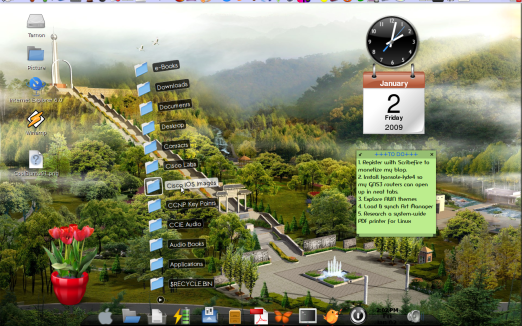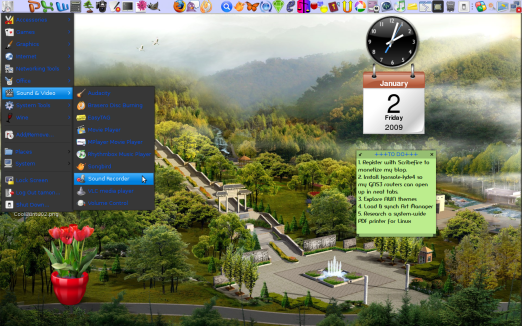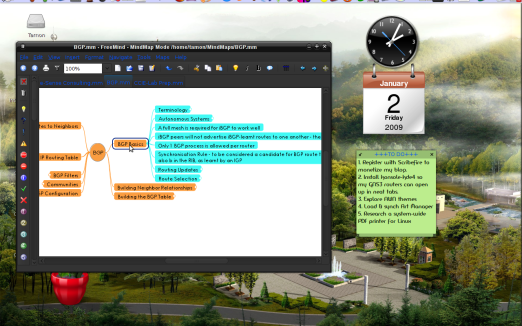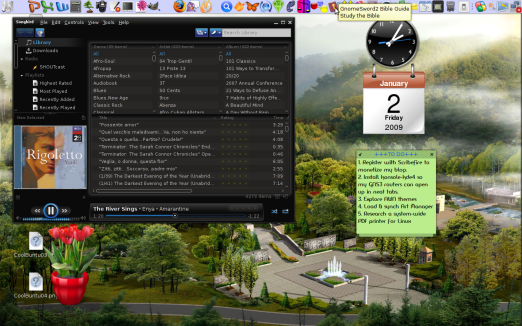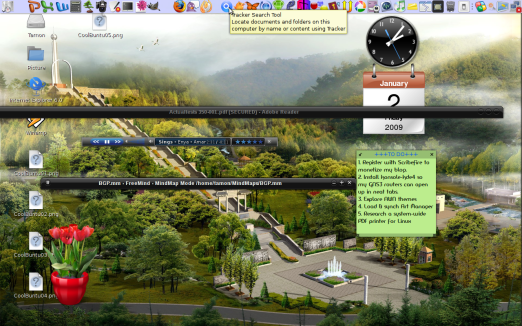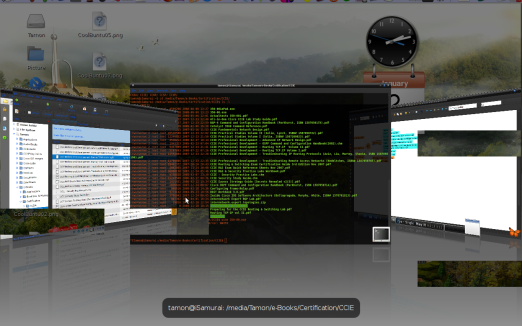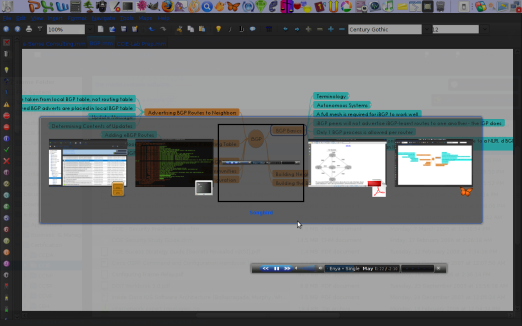Subtitle: The Demon of Bad Management
I have noticed something disturbing in my 5+ of year of professional life, a disturbing scenario that plays itself out in thousands of organisations all over the world. It is the way that organisations, through ‘managers’ irresponsibly squander the valuable asset of human passion at their disposal.
This scenario is best portrayed by a short movie called “Max and Max” on the accompanying DVD to Stephen Covey’s “The 8th Habit” book. The film traces the lives of a professional starting work at a new firm and a dog getting a new home. The professional’s manager (Mr Harold) also happens to be the dog’s owner.
Like millions of young professionals all over the world starting the new job, Max is filled with passion, has lots of high hopes for his new job and starts with lots of passion and initiative. Max the dog, a trained hunting dog also can’t wait to get started at hunting. But then the ‘management demon’ descends to suck out all that passion.
Mostly through micro-management, failing to appreciate and leverage the creativity and initiatives of the Maxes and a misguided adherence to ‘corporate policy’, Mr Harold turns both his new hotshot Max and his dog into drones that do exactly what he (as the representative of the organisation) tells them to do and then is frustrated at their lack of initiative.
Sure, while the manager is happy that thing are being done their way, is the price (the passion, commitment, zeal and engagement of their employees) worth it? And how sustainable can the success at such an organisation be?
I describe it as a demon because it is the only name that can be given to something that can suck out the passion, creativity, dash hopes that a human being brings to a job and changes that person into a drone that just wants to punch in the hours and desperately looking for an opportunity to move to the next job (and God forbid, rinse and repeat!)
It is ironical that this happens at the same organisations that say “our people are our greatest asset“. I am very sure that if money was squandered similarly, heads would roll … so why does it persist?
In my opinion, this act really is the result of several things amongst which are:
#1 | Myopic focus by management on short term results
while micromanaging someone can get you immediate results, it simultaneously kills the person’s capacity to get results on their own, thus the ‘manager’ feels s/he must always micromanage to get results. This typically ends with an unhappy employee that leaves the job. This kind of behaviour is typical of organisations that don’t think holistically (look at the whole system, not just a small part of it).
The scenario is aptly described by the “Passing the Burden to the Intervenor” systems thinking archetype. The burden here is the ability to think independently and take initiative to make good things happen, the intervenor is the manager. When the manager micromanages in an attempt to get results, the employee with time just stops trying and waits to be micromanaged.
#2 | Failure by the employee to take responsibility for their own happiness and engagement.
Most professionals spend at least 8 hours a day at some kind of work, with colleagues and bosses – usually the part of the day when our energies are high and it is up to us to try hard to not let the filth and negativity that may exist at work to poison our passion and engagement.
From a spiritual/self-mastery perspective, take it as “every bad boss, every toxic situation is a devine master that has been brought to teach us something we need to learn – patience, tolerance, toughness, equanimity, courage etc. Let us look for the lessons in that bad situation and learn them, for example now that you know just how demotivating it is to be micromanaged, commit to not micromanage others — your kids may be a good place to start. Or as Stephen Covey puts it in the “7 Habits of Highly Effective People”, “Between stimulus (what happens to you) and response (what you choose to do), there is a space, in that space lies our choices and in those choices lie our happiness”.
By being present (think mindfulness), we can notice the micromanaging, and other bad behavior in our workplace and as masters of our destiny, CHOOSE to respond in a way that preserves our dignity, integrity and passion rather than react in an equally un-enlightened manner and getting sucked into the vortex of negativity. In the spirit of mindfulness and presence, there are lots of happy things that happen in the workplace everyday – the un-requested help of a colleague (even to someone other than you), an act of kindness/encouragement etc. – we can choose to focus on these rather than the toxic ones …in that choice lies our mood for that day.
#3 | Failure to adapt to the age of the Knowledge Worker and Rules for their own sake
Micromanaging might have worked in the industrial age, but nowadays, it really has no place. It is an insult to human dignity and fails to acknowledge that another human being has the capacity to contribute. Unless nepotism and other vices were involved or there was some really poor judgment, the mere fact that someone passed the interview to qualify for a position and that the organisation offered her the job means that the hiring managers saw and believed in ability of the candidate to contribute. To then start to micromanage such a professional is self-contradictory and is a result of inefficiencies and/or ineffectiveness in the processes of recruitment, engagement and day-to-day management.
In this age, there are certain things that the professional is just better and more competent at than their manager and to know recognise that and defere judgement on those issues to the professional is not just a serious case of ego-mania and little-mindedness, it is also unprofessional. Rules are great, they are the fundamental tennets beneath all efficient systems. However wrongly used, rules can become agents of tyranny and despair. Rather than just bring up a rule, how about explaining the reason why that rule exists so that a reasonable professional can better buy into it? Similarly, rather than just give instructions? how about explaining to the professional why the instruction is being given and what the ultimate objective is? That way the professional can be creative about how s/he accomplishes the task (and in the process is more engaged in the job).
Even in the military (the mother of all command and control organisations) explaining objectives rather than just plain orders has led to some highly effective operations by forces on the ground. I realised the last point vividly one time I was creating a presentation – I had always read “Limit yourself to 4 bullet points at at least 28 point size“ and it was not until I had my own slides up and went to the back of the room that I noticed that anything other than that is hard to read. With that realisation, no one had to force me to obey that rule because as a professional wanting to make a good presentation, I knew its value.
We may well not get rid of these demons in the next 20 years. But I believe that ultimately, for a better world, for better work, power/responsibility/initiative and rewards must become decentralised and be deployed into the agents of action that are professionals. Until organisations and employees can find ways to manage and sustain their passion for work, work will continue to be a necessary evil that raises blood pressures and ruins health rather than “the flute through which the hours of the season turn to music“ to paraphrase Kalil Gibran.
How do you cope with such incidences in your own life? Do drop me a line. Shalom


